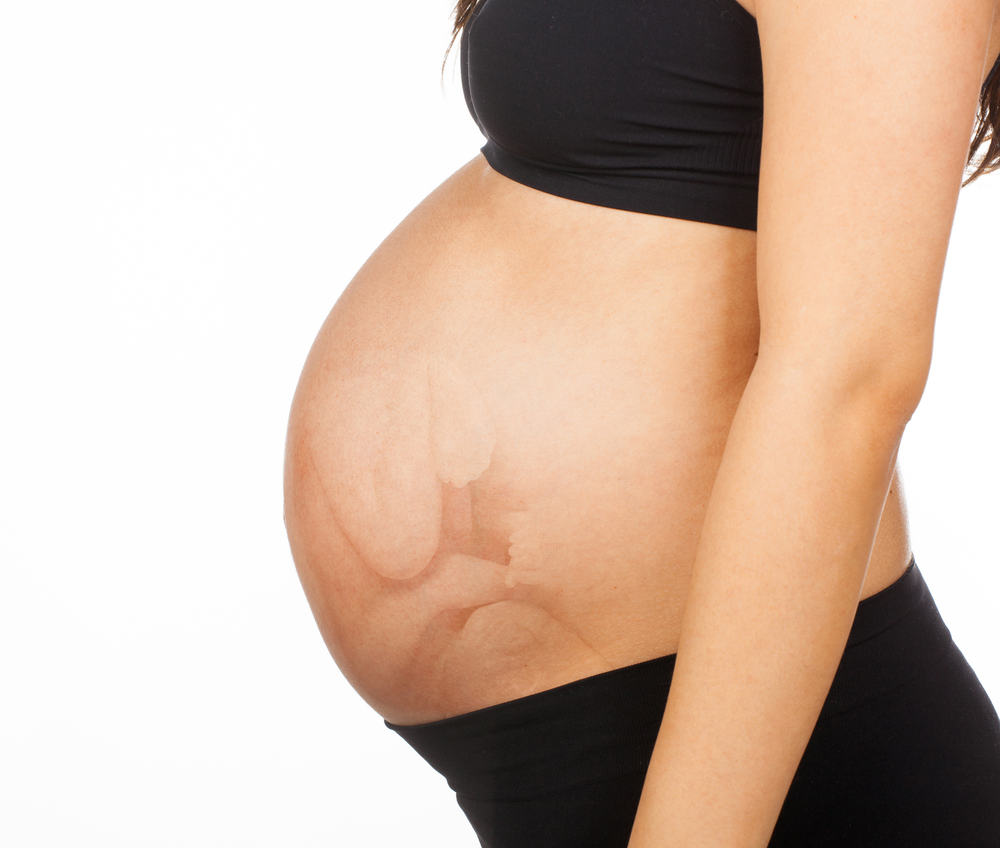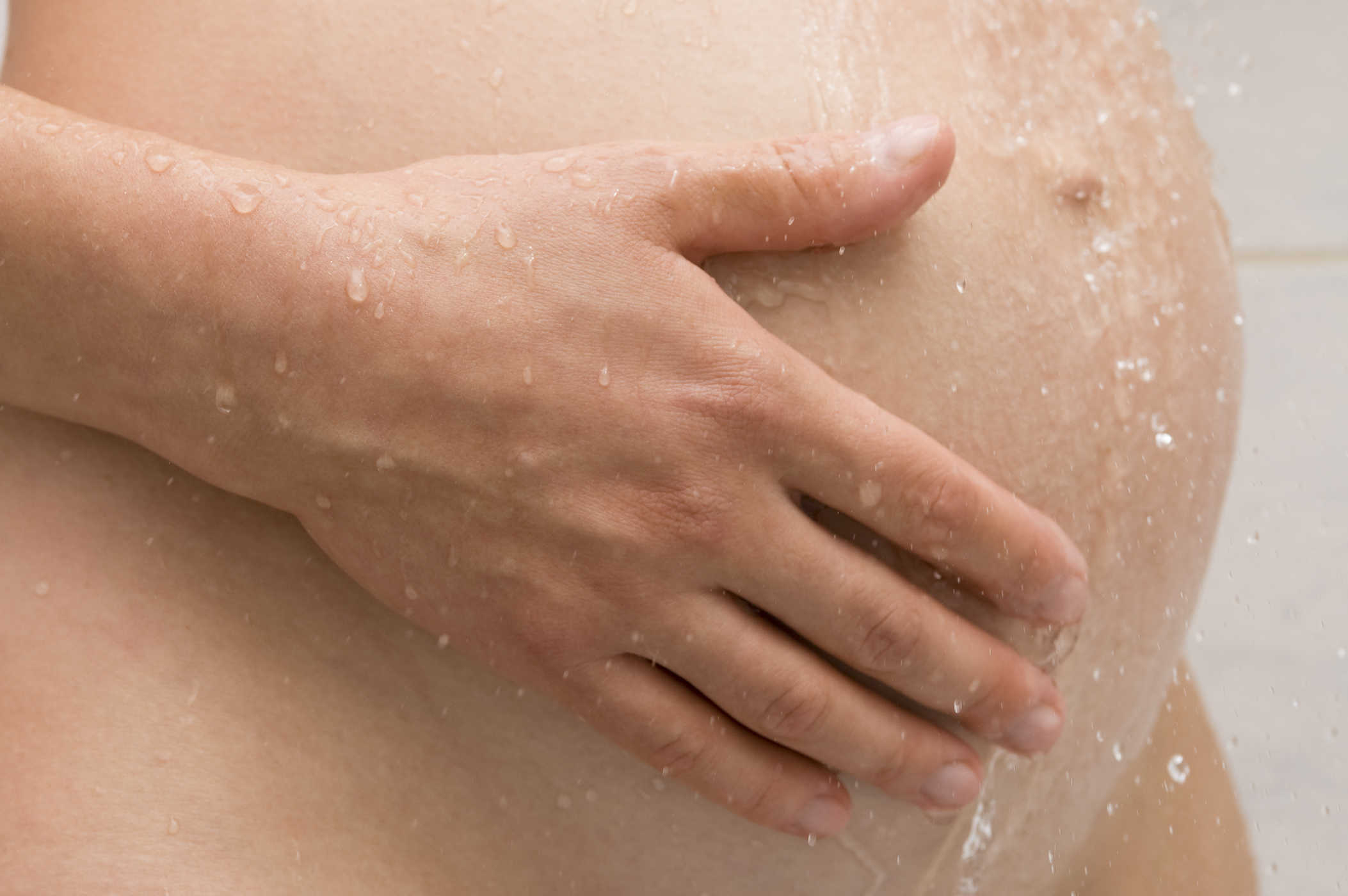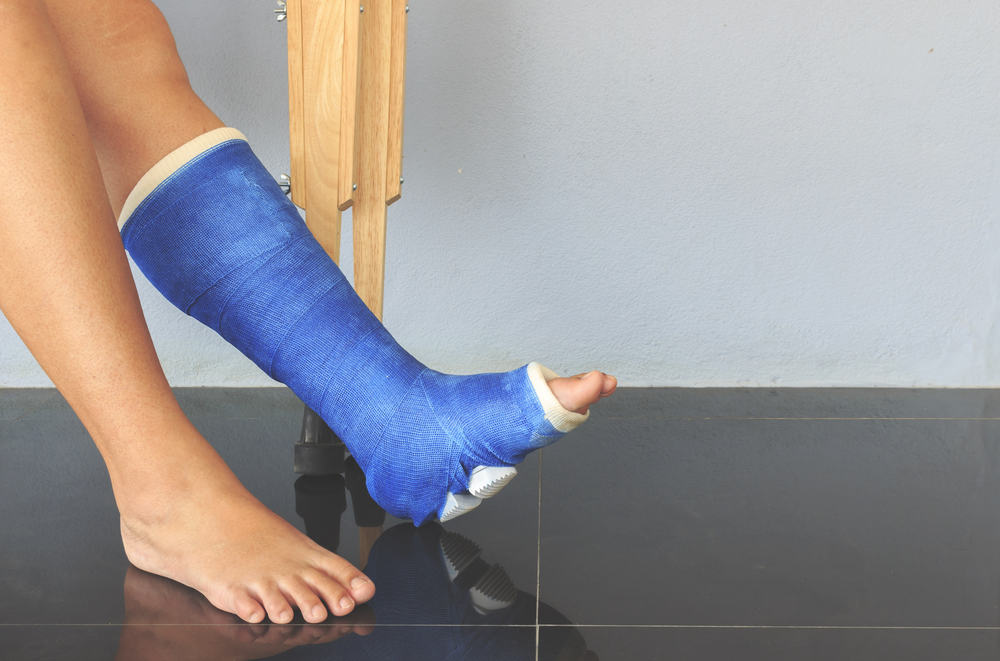Contents:
- Medical Video: Childbirth Stations of Presentation
- What is the ideal baby born position like?
- When is the position of the baby's head under the anterior position?
- In addition, there are other positions that can occur in your womb
- Posterior position
- Breech position
- Tranverse lie
- What if the baby is nearing the day of birth but not in the right position?
Medical Video: Childbirth Stations of Presentation
As the baby develops in the womb, the baby will move around in the mother's womb. Pregnant women will often feel the movement. There is a feeling like being kicked, rotated, and others felt in the belly of a pregnant woman. The baby will move until near the birth weeks he is in the right position, which is towards the bottom. With the right position, labor will be smooth. What are the baby's positions and when is the right time? Check out this review.
What is the ideal baby born position like?
This ideal position is called the anterior position, or also called the position chepalic.
Ideally, when the baby's position is born the head is down, his face is facing the mother's back, the baby's chin is close to his own chest, and the upper back of the head is ready to enter the mother's pelvis.
This head is the part that can compress the cervix of the mother and open the way of labor.
When is the position of the baby's head under the anterior position?
The gestational age at week 30 is the time for the baby's position to turn down. The timing of a baby with a head position below can vary in some pregnant women. Some babies reach this position at 32, 34 and 36 weeks.
But what needs to be worried if the baby does not turn back until the gestational age reaches more than 36 weeks. There are some efforts that need to be done to prevent being born with a position like this. Try to consult your doctor.
But do not panic, there are also babies who rotate their position just when approaching the time of delivery.
In addition, there are other positions that can occur in your womb
Posterior position
This position is the position where the baby's head is facing down, but the position of his face is still facing the mother's stomach, not back. If giving birth in this position, the possibility of labor will be more painful. The back feels more painful.
In some cases, there is a baby who still does not rotate his face towards the mother's back before birth. About 10-28 percent of babies are born with a fixed position like this.
However, most babies who are still in this condition approaching the day of their birth will still rotate themselves facing the mother's back before coming out of the womb.
Breech position
Breech position is a condition when the baby's bottom is under and the baby's head is up close to the mother's chest. Breech position is not ideal for childbirth.
In infants with this condition, the head will be the last part that comes out of the vagina. So, the baby will also find it harder to push out the birth canal.
This position can also be a problem because babies can get entangled in the umbilical cord. The umbilical cord can also cause injury to the baby.
Tranverse lie
This position is the condition of the baby crossing horizontally in the uterus. Normal birth with this position is usually very rare.
Most babies who are still in this position in the week of birth will later turn to their ideal position.
However, if the baby is still in this position when he is really going to be born, the doctor usually does not recommend normal delivery for safety.
What if the baby is nearing the day of birth but not in the right position?
Approaching the day of birth if the condition is still not ideal, the doctor will usually give the ECV technique (External Cephalic Version) This procedure is a technique of suppression in the abdominal area. This condition will make the mother feel uncomfortable, but this method is safe to do. When using this technique, the baby's heart rate will be monitored very closely.
However, if the ECV technique is not successful, the doctor usually offers to give birth with a caesarean section. This method is safer for babies who are in an incorrect birth position.












